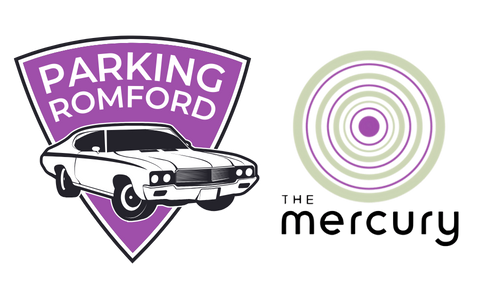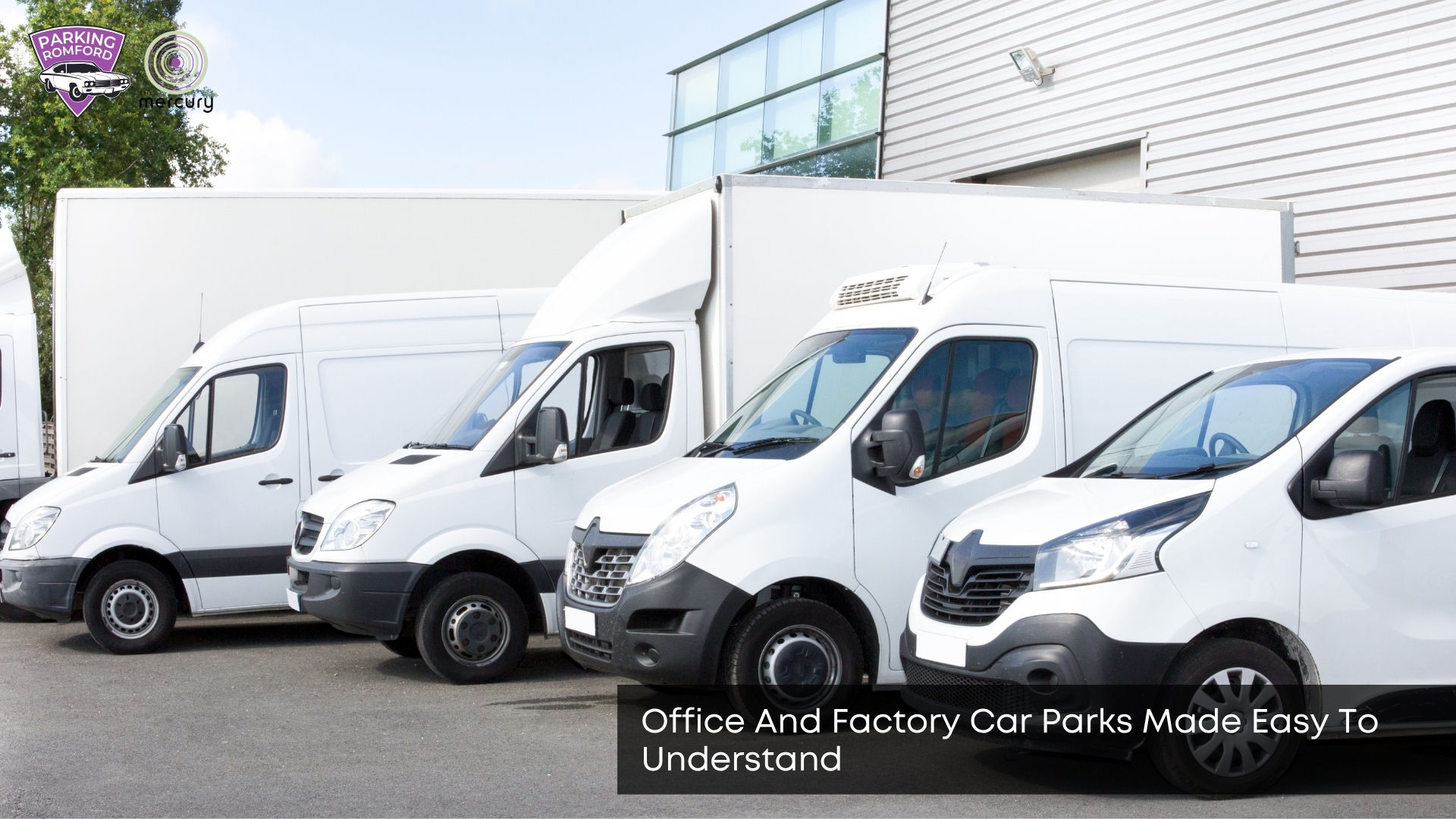Office and factory car parks may seem like simple spaces. Still, they play a significant role in determining how well a business operates. Good car park planning helps employees arrive smoothly, visitors find the right spots, and delivery drivers move without delay. Whether you’re managing a small office or a large industrial site, a safe and practical layout is essential. This article explains the basics in clear terms to help you create or maintain a smart parking solution. It begins with understanding why planning is important in the first place.
Why Do Office and Factory Car Parks Need Proper Planning?
Office and factory car parks require proper planning, as a poorly designed one can lead to congestion, delays, and even safety issues. Businesses rely on clear access for staff, customers, and deliveries, as a confusing layout can lead to frustration and risk. Parking spaces must meet demand, accommodate various vehicle types, and facilitate smooth entry and exit. Proper planning also supports security, accessibility, and compliance with UK regulations. These early decisions directly impact the amount of space you’ll need.
How Much Space Should You Allow for a Workplace Car Park?
You should allow space based on staff numbers, shift patterns, visitor access, and vehicle sizes. Office staff may require fewer bays per head if public transportation is readily available. At the same time, factories with multiple shifts often need more rotation rooms. Large delivery trucks need wider turning areas and stronger surfacing. Planning enough space helps prevent overflow problems and keeps vehicles moving smoothly. Once the size is decided, the next step is choosing the right surface.
What Are the Best Surfacing Options for Office and Factory Car Parks?
Tarmac, concrete, and resin-bound surfacing are commonly used in business car parks due to their strength and low maintenance requirements. Tarmac is affordable and quick to install, concrete lasts long under heavy loads, and resin gives a clean, modern look. Factories often choose concrete for its durability, while offices may prefer resin for aesthetic reasons. The surface you choose also affects how well your markings stand out.
Why Are Car Park Markings So Important in Business Settings?
Car park markings are important because they guide traffic, show where to park, and improve overall safety. Clear lines help avoid confusion, reduce minor accidents, and separate cars from pedestrians. Loading zones, disabled spaces, and EV bays must all be marked correctly. Without visible markings, a busy car park quickly becomes chaotic. Lighting is another detail that makes a big difference.
How Does Lighting Improve Office and Factory Car Park Safety?
Good lighting improves safety by helping people see clearly at all times, especially during winter or night shifts. It deters theft, prevents trips and falls, and makes signage easier to read. LED lights are common due to their brightness and energy efficiency. Lights placed near entrances, exits, and walkways give workers and visitors peace of mind. But lighting alone doesn’t keep people safe, security features add another layer of protection.
What Security Features Should You Consider?
CCTV, barriers, security patrols, and ANPR (Automatic Number Plate Recognition) cameras all contribute to protecting staff and property. These features reduce unauthorised access, improve incident tracking, and make the area feel more controlled. In high-risk areas, a secure perimeter and proper fencing may also be needed. Adding security should still allow easy access, especially for those with special requirements.
How Do You Make a Workplace Car Park Accessible for Everyone?
You make a workplace car park accessible by including marked disabled bays, wide paths, and gentle slopes. Drop kerbs, tactile paving, and good lighting also help those with mobility challenges. Accessibility is not only a legal requirement in the UK, but it also reflects well on your business. Smart layout decisions can meet these needs while also accommodating eco-friendly upgrades.
Should You Include Electric Vehicle Charging Points?
Yes, adding electric vehicle charging points helps future-proof your car park and supports sustainability goals. More employees and visitors now drive electric cars, and offering EV bays gives your business a modern, responsible image. Government grants may help with installation costs. It’s a small investment that makes a big impression, and like all new features, it should be signposted.
What Should You Include in Car Park Signage?
You should include signs for speed limits, entrance and exit points, one-way routes, visitor spaces, delivery bays, and pedestrian crossings. Clear signage prevents confusion, guides unfamiliar drivers, and helps delivery lorries reach the right spot. Factory settings may also require signs for safety gear zones or restricted access areas. These signs support the daily flow, but also play a key role during emergencies.
What Are the Emergency Features of a Safe Car Park?
Emergency features include clear access for emergency vehicles, well-lit exits, visible assembly points, and marked fire lanes. In factory settings, routes must remain clear for forklifts or fire equipment. Having these areas clearly labelled and free from obstruction could save lives in a critical moment. Proper training for staff on these routes is just as important.
What Are the Ongoing Maintenance Needs?
Ongoing maintenance includes resurfacing damaged areas, repainting faded lines, clearing drains, and checking lighting. Regular inspections help identify and address problems early, preventing them from becoming safety hazards. Debris or oil spills should be cleaned up quickly, especially in factory car parks. A well-maintained car park reflects a professional workplace, and planning helps keep everything running smoothly. Learn more about smooth car park machine use to support efficient operations.
How Do You Bring It All Together?
You bring it all together by planning for safety, space, accessibility, and smooth traffic flow from the start. Good design strikes a balance between practical use, legal requirements, and the daily needs of your staff and visitors. With the right surfacing, signs, security, and long-stay parking layouts, your car park becomes a smart extension of your workplace. When everything works in harmony, people barely notice the car park at all, which means you’ve done it right. A well-maintained car park reflects a professional workplace, and planning helps keep everything running smoothly. Learn more about smooth car park machine use to support efficient operations.


Leave a Reply